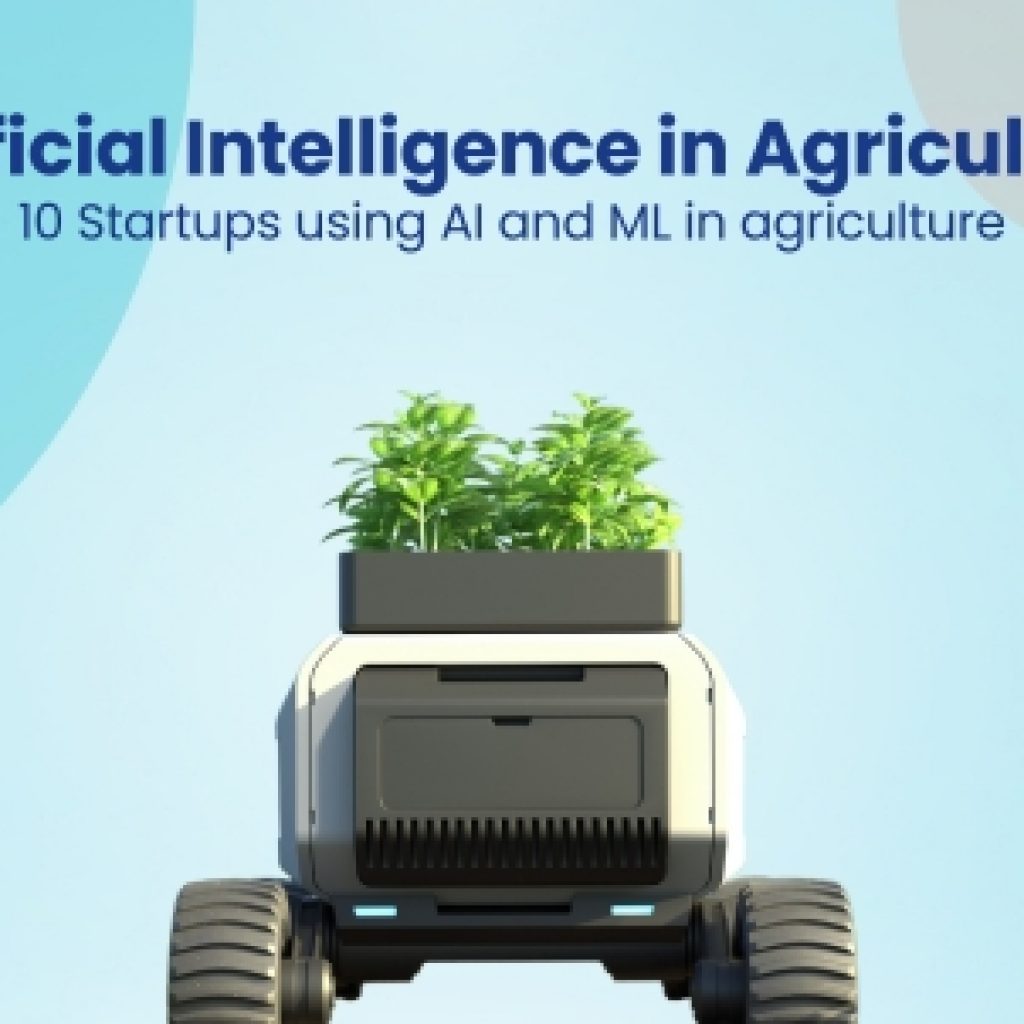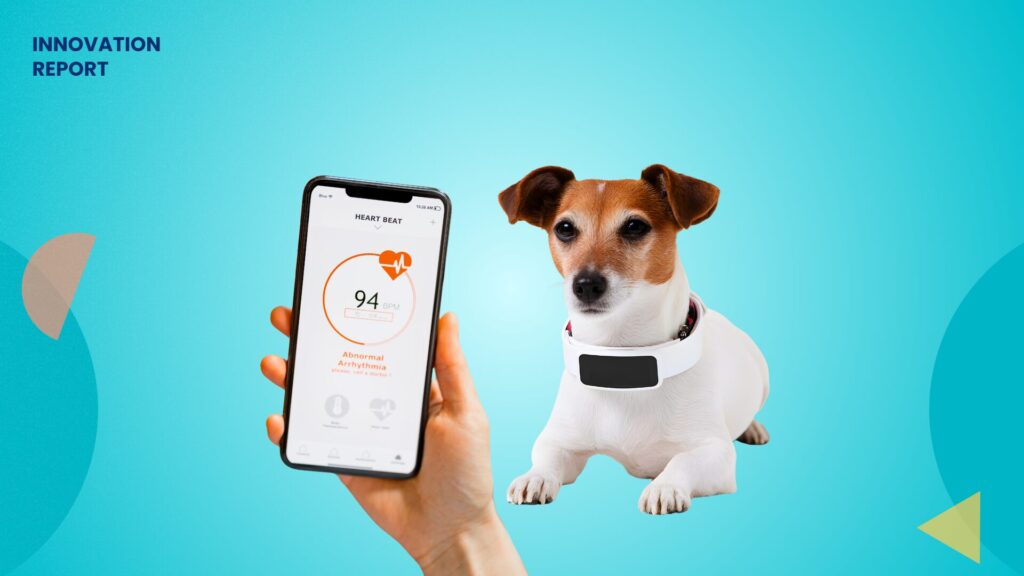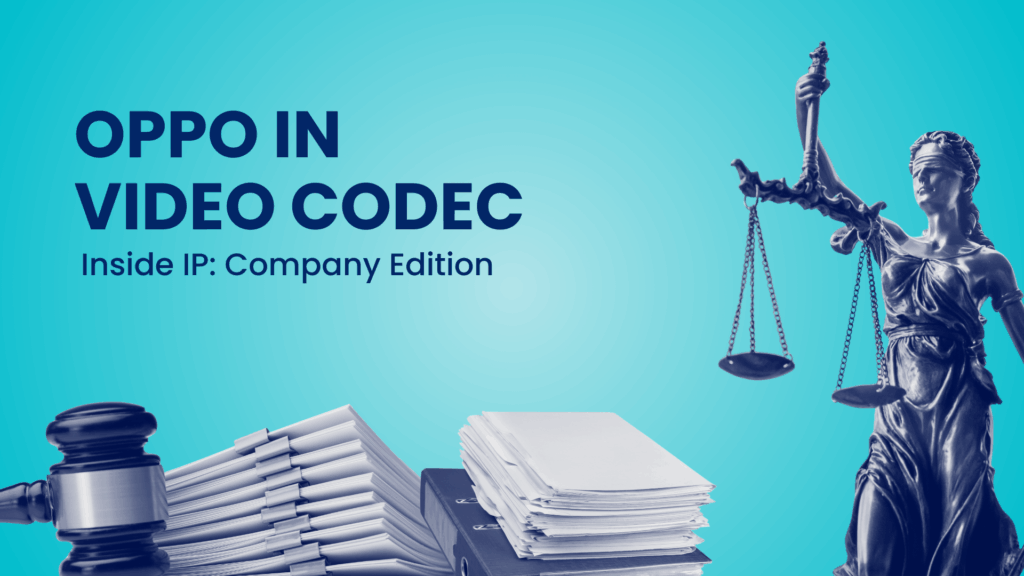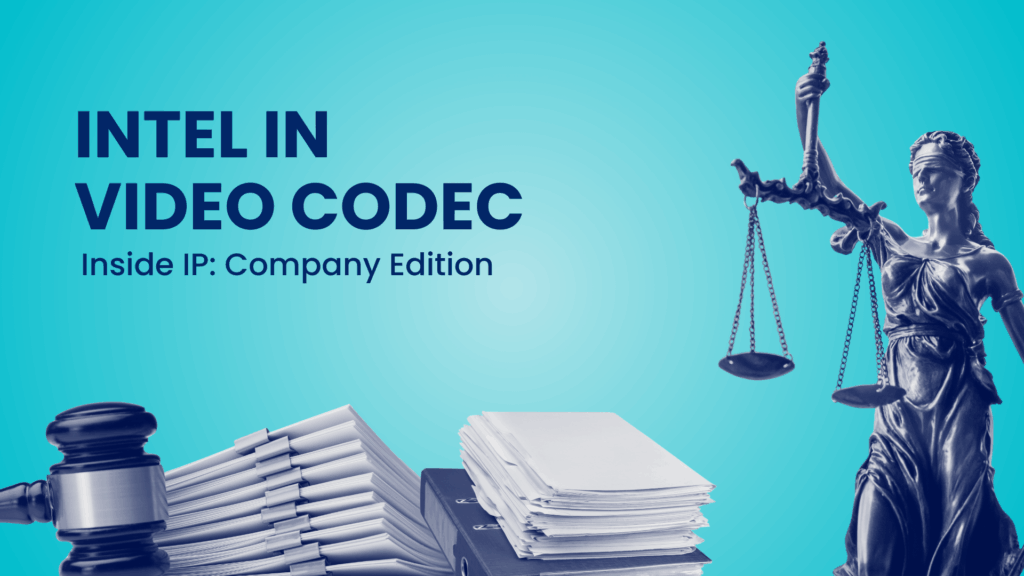The Versatile Video Coding (VVC or H.266) standard has shifted from traditional video codec licensing. Without a single unified patent pool, VVC presents a fragmented ecosystem involving multiple patent licensing administrators, including MPEG LA, Access Advance, and Avanci Video.
This complexity introduces uncertainty around:
- Which patents are truly essential
- How licensing obligations should be structured
- Where potential risks may emerge, both in terms of overpayment and patent assertion.
This analysis solves these issues by:
- Identify top contributors shaping the VVC standard
- Map contributions to emerging technologies like Enhanced Compression Models (ECM) and Neural Network Video Coding (NNVC)
It prepares you for licensing negotiations by identifying which video codec companies will assert their patents and where cross-licensing opportunities exist. You also get to assess litigation risks by tracking who will enforce their patents and where potential infringement concerns may arise.

Also Read:
Top video codec companies and universities in 2025
The development of Versatile Video Coding (VVC) has been significantly influenced by leading technology companies and academic institutions. Their active participation in the Joint Video Experts Team (JVET) has made this possible.
Companies like Qualcomm, Bytedance, Interdigital, Oppo, Alibaba, and Nokia are leading with their contributions.
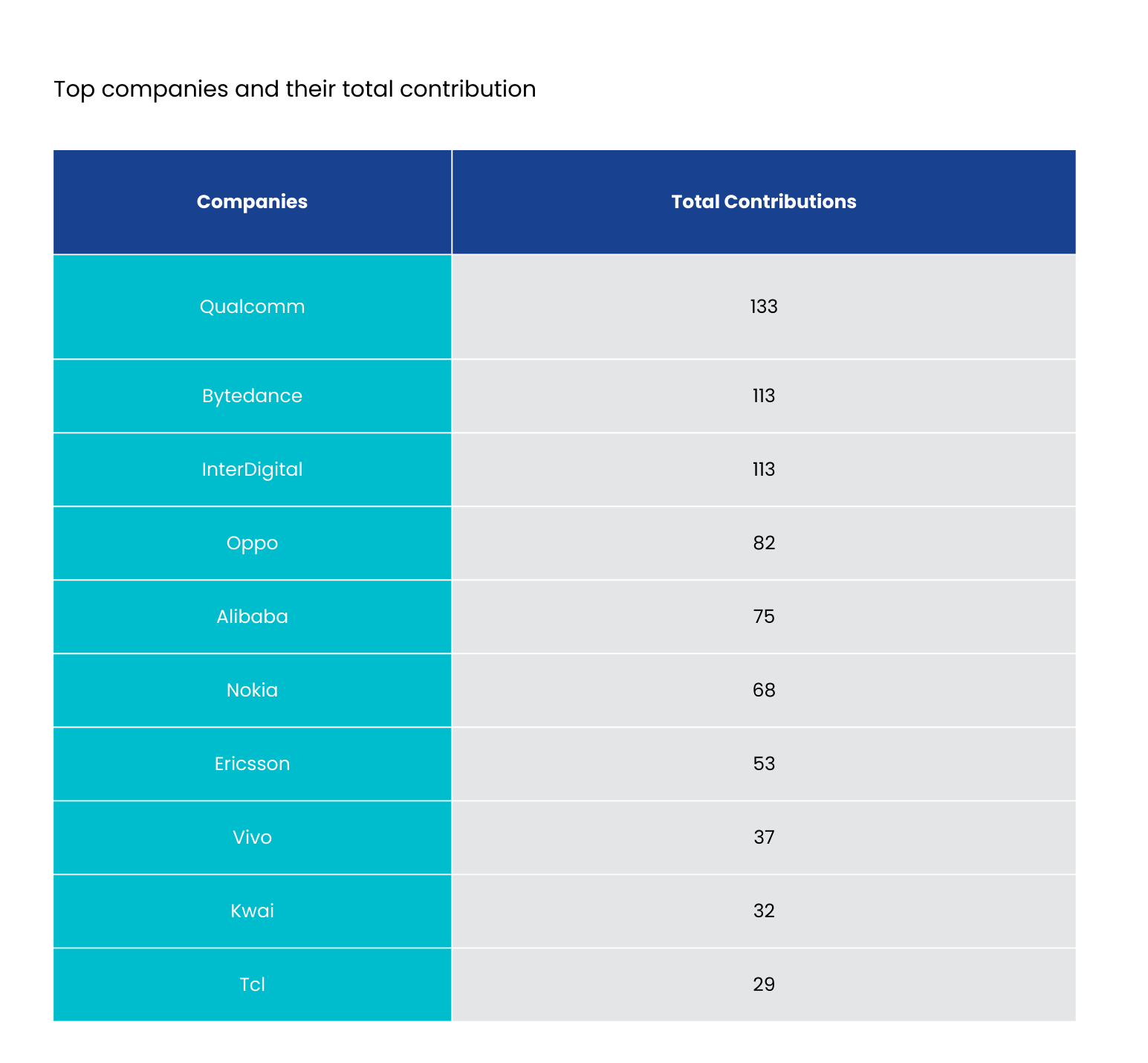
Chinese universities are in the lead with the number of contributions coming from universities.
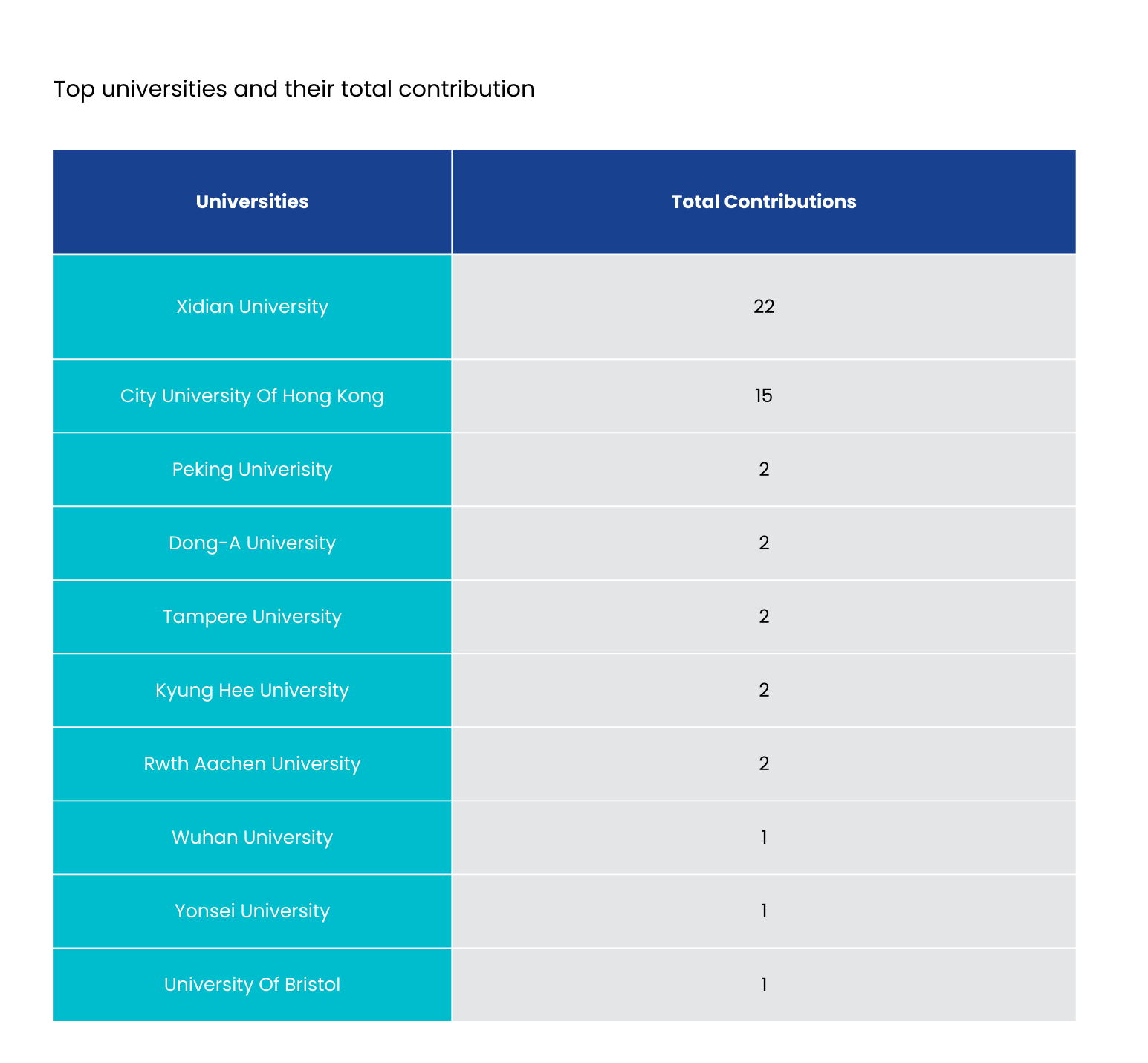
Xidian University, City University of Hong Kong, and Peking University are among the top universities contributing to the JVET.
Despite these significant developments, this codec’s widespread compatibility and support remain limited. This poses a challenge for numerous institutions and companies in establishing ownership of VVC patents. Moreover, the declaration data for VVC patents by ITU-T and JVET is incomplete, as SEP owners are not required to identify their standard essential patents.
The dashboard uses the information available on the patented technologies relevant to VVC, providing an effective solution to the challenge of identifying SEPs in this space.

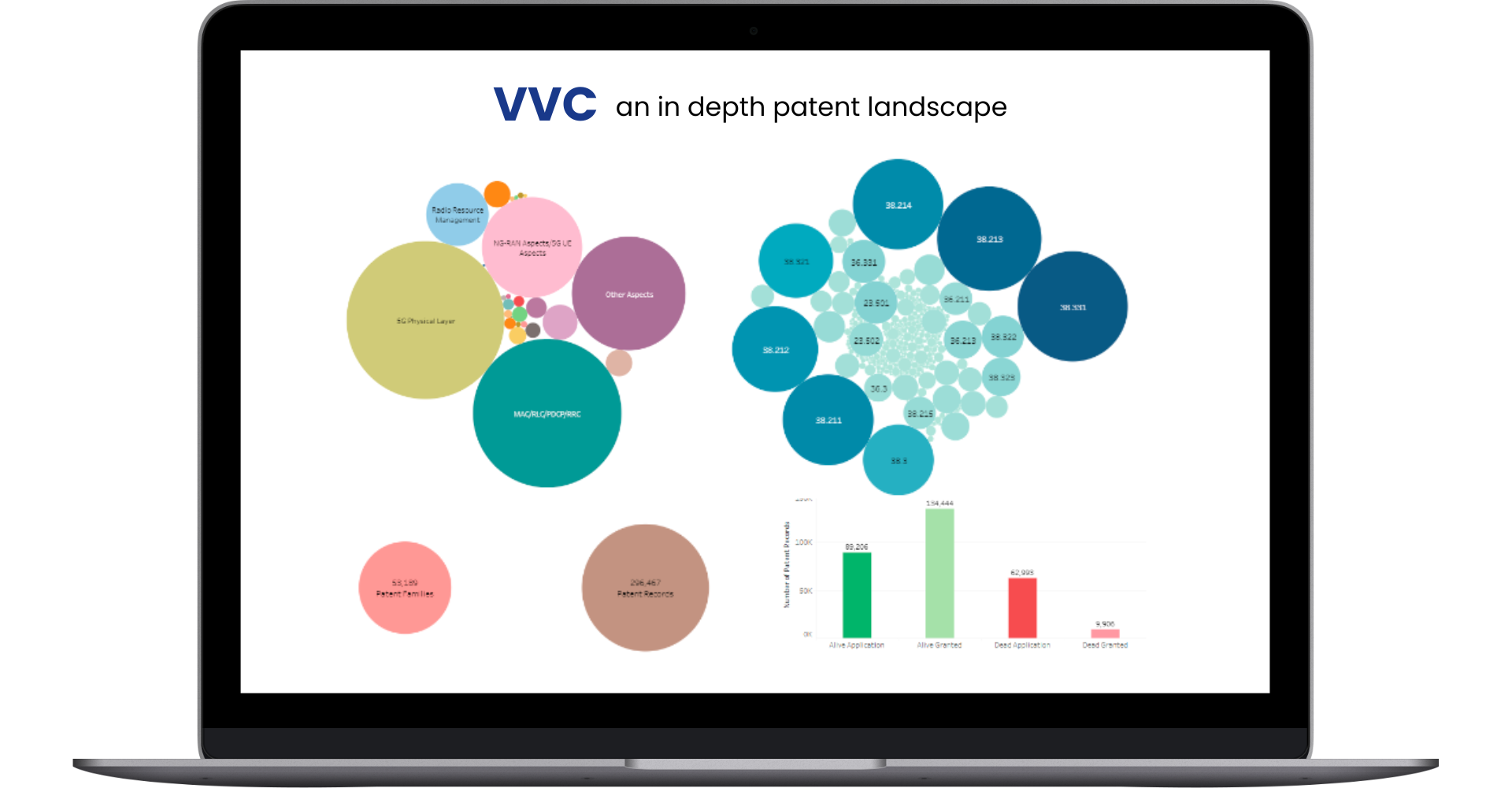
Advancements in next-generation video coding
The Joint Video Exploration Team (JVET) has been developing new technologies beyond VVC’s capabilities. The VVC standard was finalized in 2020. These advancements aim to improve compression efficiency and use neural networks for better video quality. They also help reduce data requirements. Two primary technologies are leading the charge:
1. Enhanced Compression Model (ECM)
ECM is designed to push video compression efficiency beyond VVC, reducing bandwidth without compromising visual quality. The latest version, ECM-14.0, has demonstrated:
- 25.9% improved efficiency for camera-captured content
- 32-41% efficiency gains for screen content
- Superior visual quality in subjective evaluations
These improvements make ECM a key innovation for industries requiring high-quality video streaming, broadcasting, and real-time communications.
2. Neural Network Video Coding (NNVC)
NNVC is revolutionizing video compression by incorporating neural networks into encoding and decoding processes. Some of its most promising advancements include:
- Neural network-based in-loop filters for artifact reduction
- Wavelet transforms to enhance super-resolution
- Advanced block-based QP information for optimized rate control
Though still under development, NNVC will significantly boost video compression efficiency. It can be accomplished while preserving high fidelity, making it a game-changer for next-generation video applications.
Taxonomy of next-gen VVC technologies
Beyond ECM and NNVC, innovation in video coding is happening across multiple specialized areas, led by Ad Hoc Groups (AHGs) within JVET. Each group focuses on distinct aspects of next-gen VVC, ensuring comprehensive advancements across different content types and use cases.
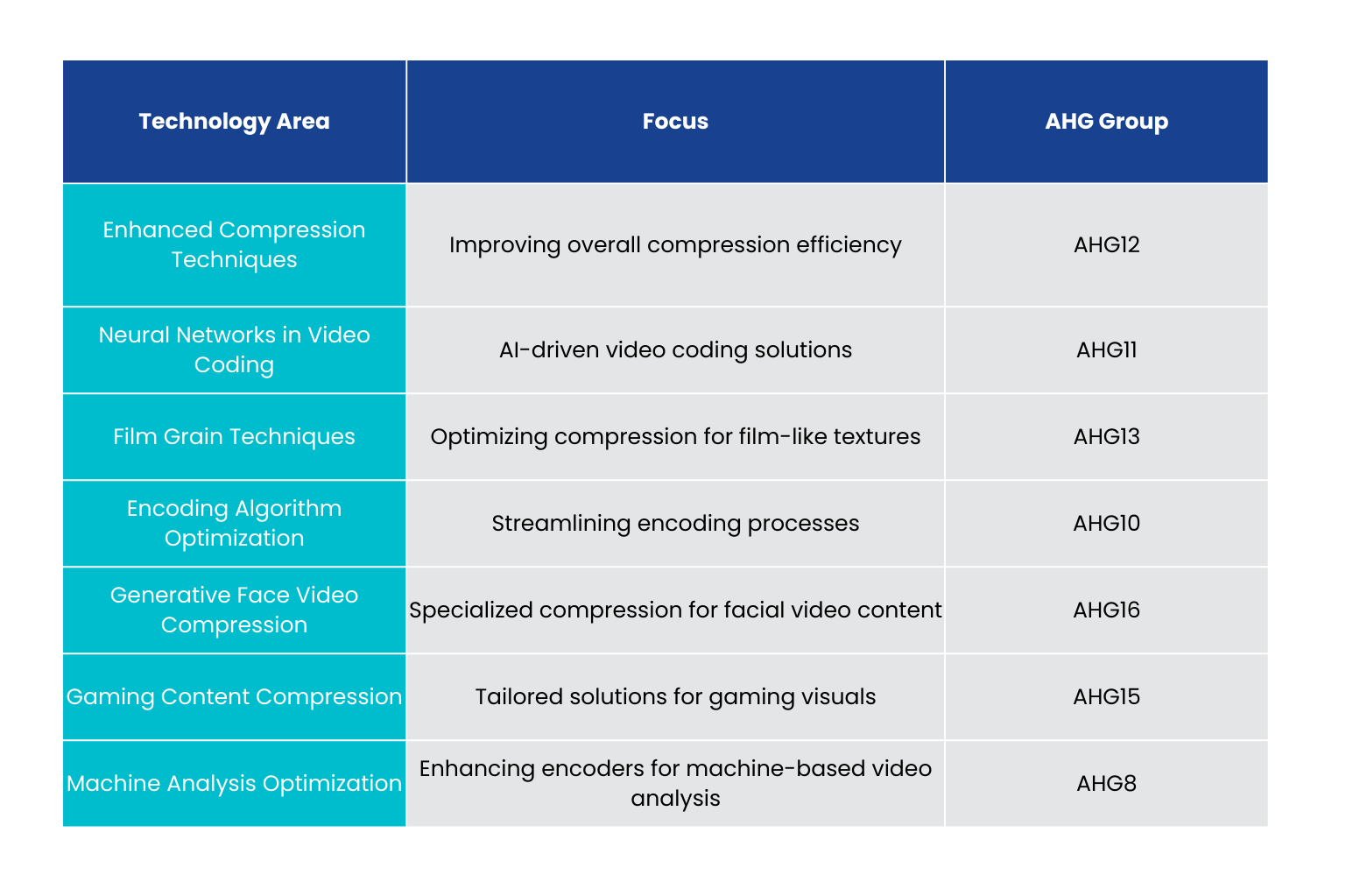
The majority of contributions focus on Enhanced Compression Techniques (AHG12) and Neural Networks (AHG11), highlighting industry efforts to refine compression efficiency and integrate AI-driven video coding.
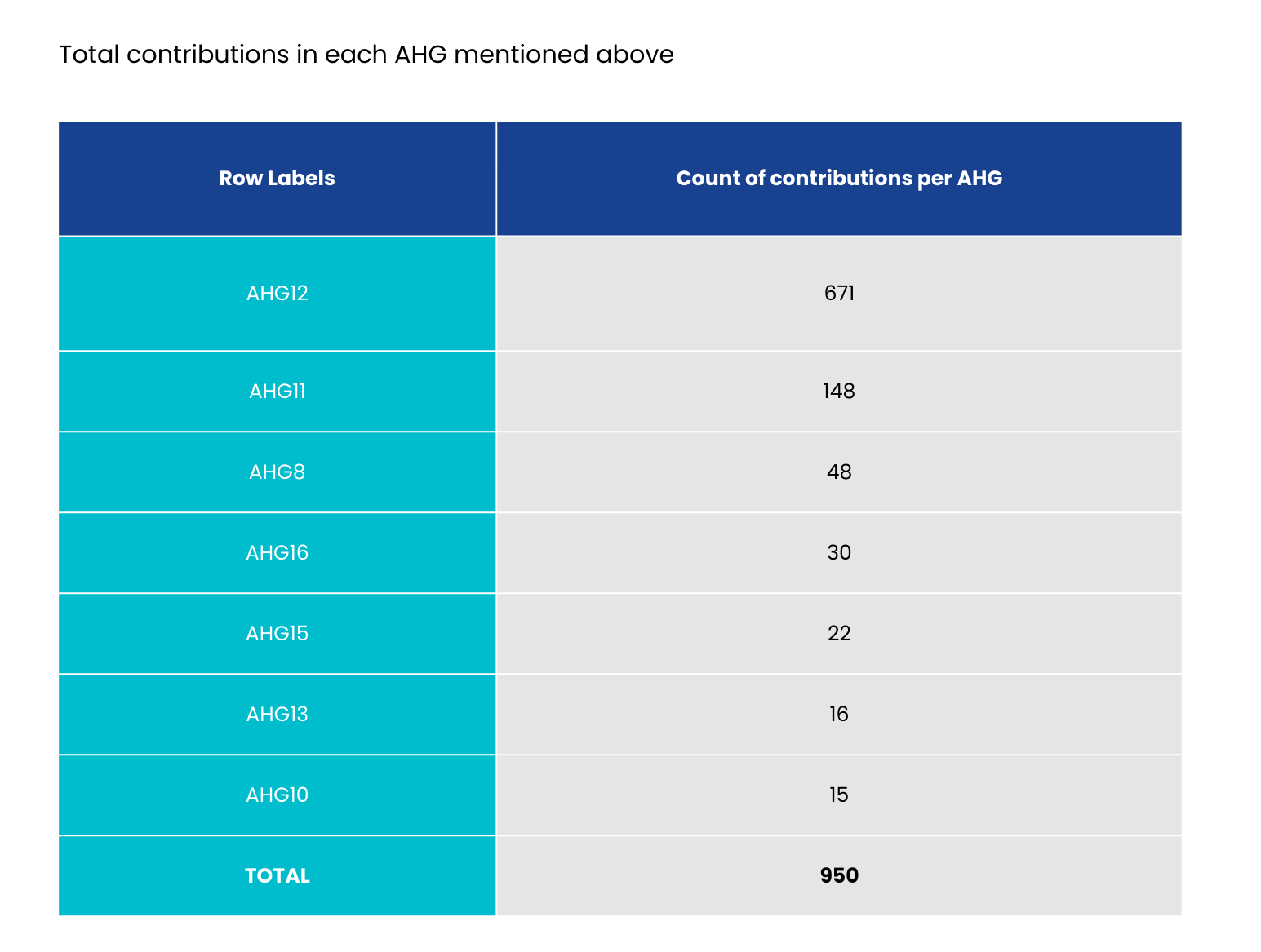
Other areas, such as Generative Face Video Compression (AHG16) and Gaming Content Compression (AHG15), also show growing interest.
Maximize VVC patent licensing revenue
Without a single unified patent pool and with new technologies like the ECM and NNVC gaining traction, your ability to protect or monetize your intellectual property hinges on more than just SEP declarations.
Many companies declare large numbers of standard essential patents. Cornell Law Review study highlights that only a fraction of these may actually be essential for compliance. And because contributions to the Joint Video Experts Team (JVET) aren’t automatically linked to granted patents, it’s difficult to tell which technologies made it into the final standard.
That creates two key risks:
- You may be missing licensing revenue by not identifying where your contributions have been standardized.
- You may be overpaying or over-licensing for patents that do not impact your products.
In a similar case, we revealed the true essentiality of a declared patent in the VVC (H.266) standard. By confirming that certain technologies discussed in the patent were excluded from the final VVC specifications, the client gained clarity on avoiding the costly licensing of non-essential patents.
Read Full Case Study:
Get a clearer view of the VVC SEP landscape to verify essentiality and identify potential infringement risks. Avoid overpaying for unnecessary patents, strengthen their negotiation position, and stay compliant with evolving standards.
Fill out the form below to connect with our expert.
Avoid VVC Infringement Risks Now!
Fill the form to contact our experts








